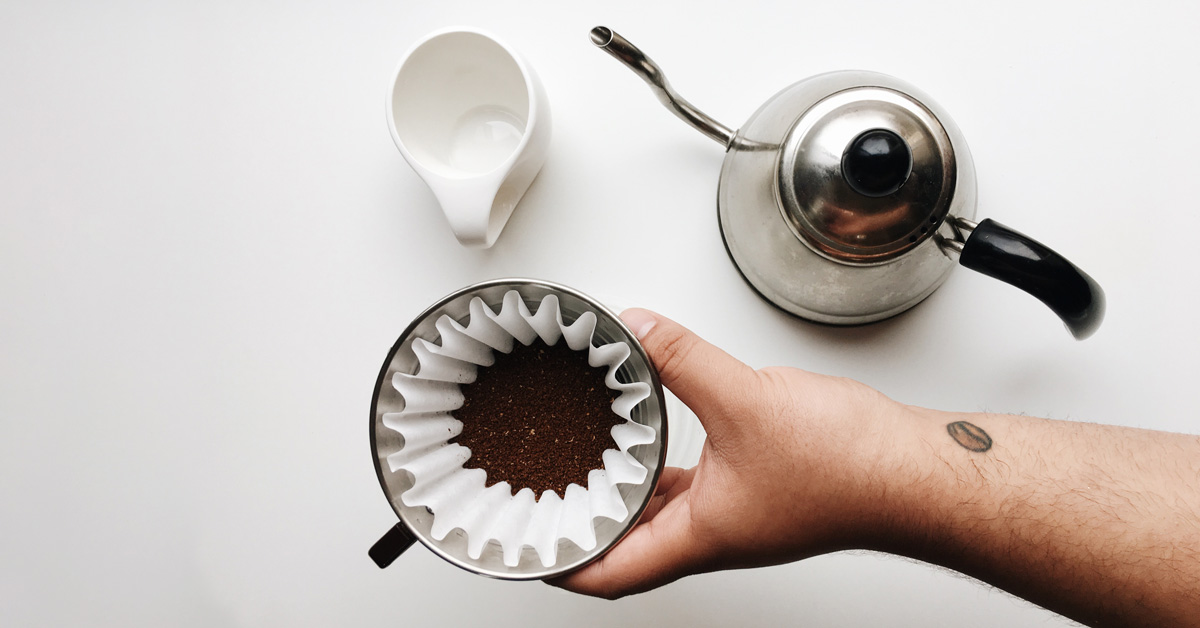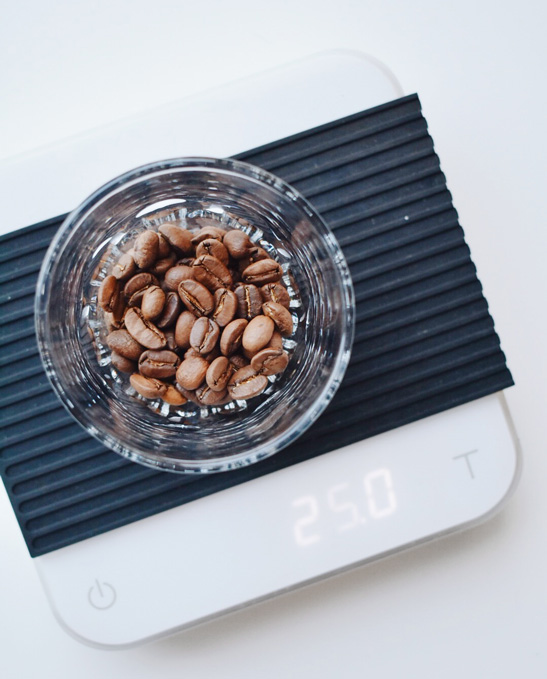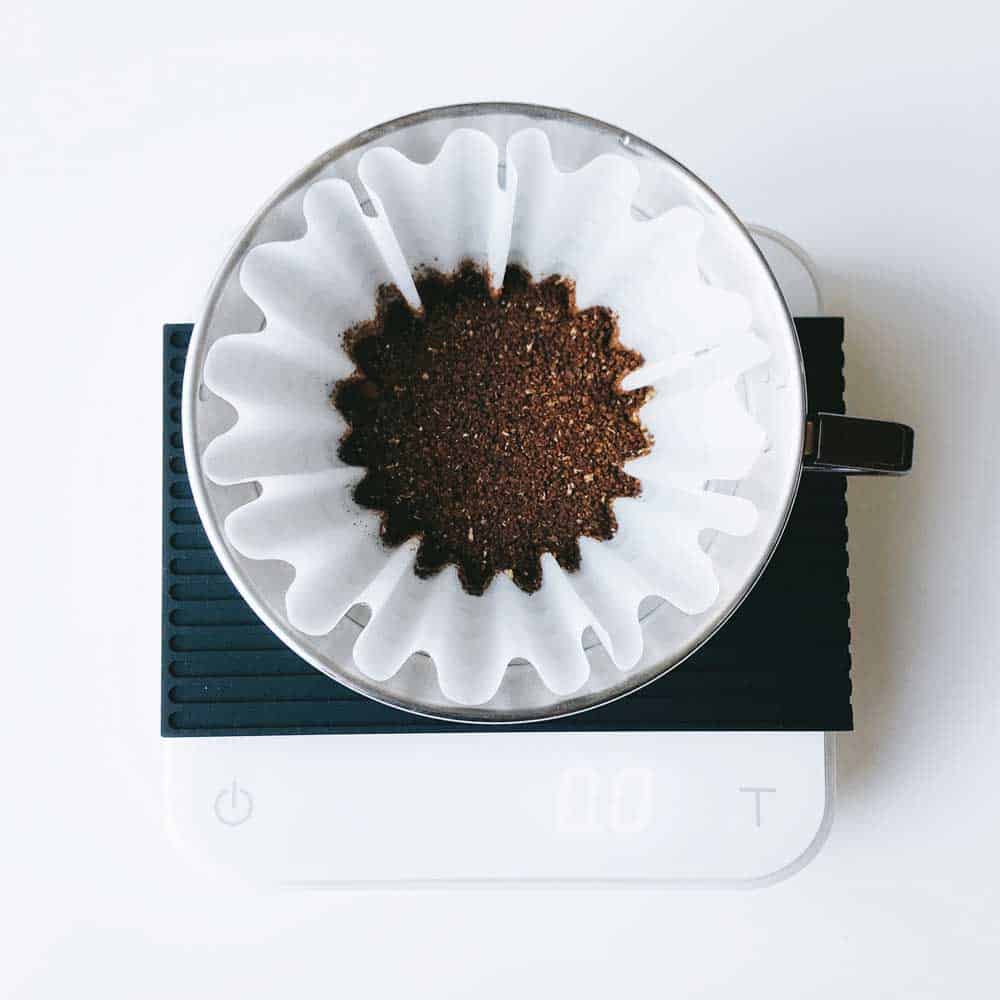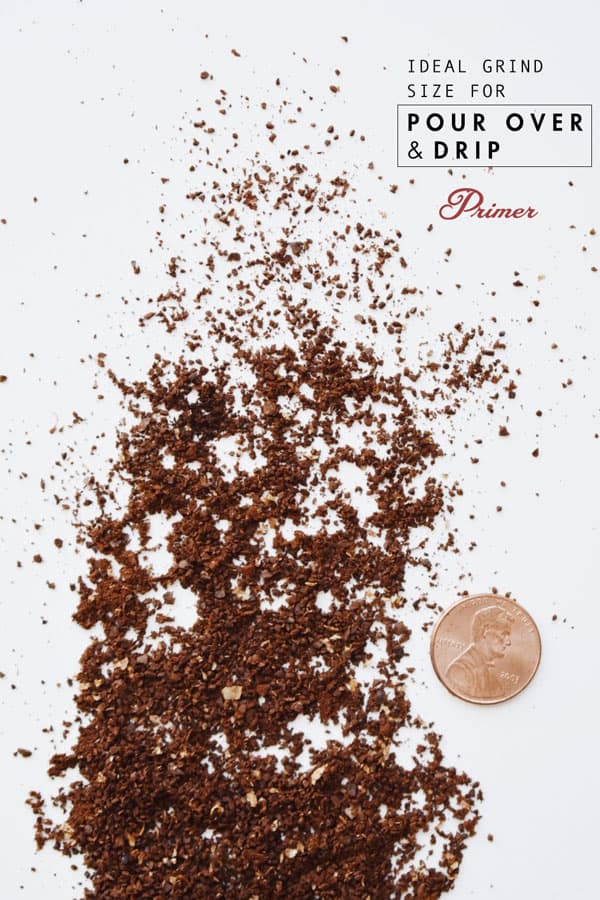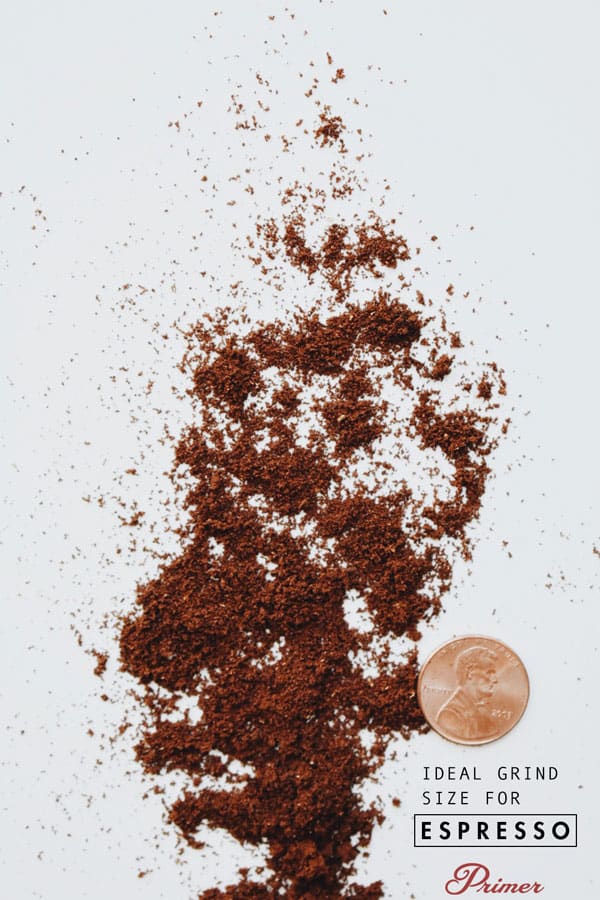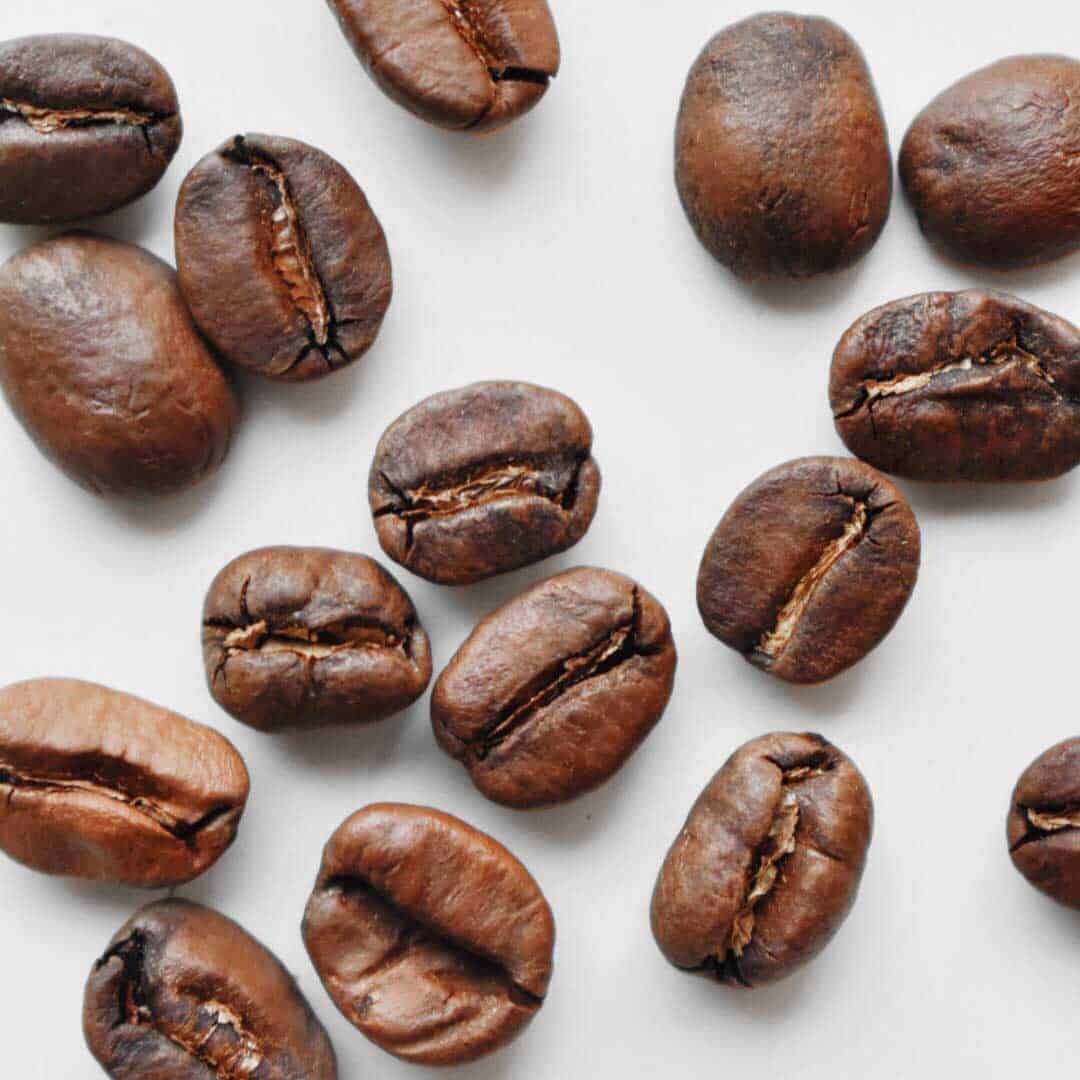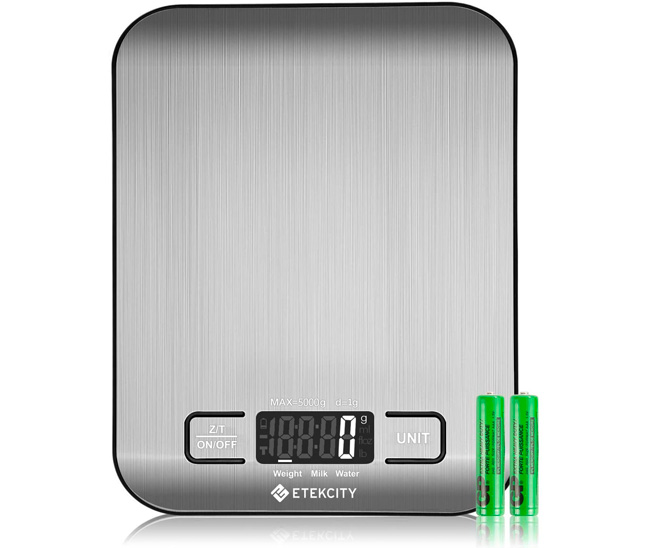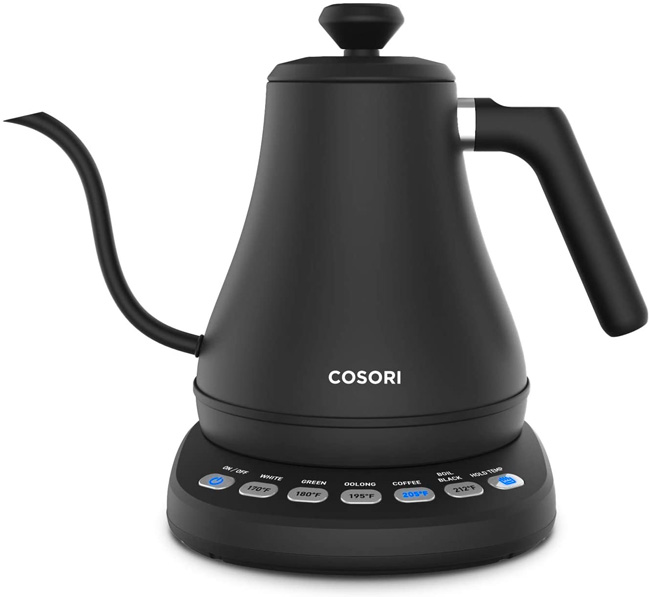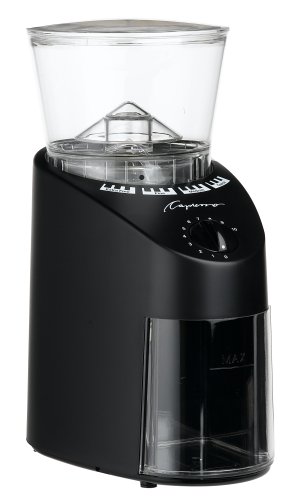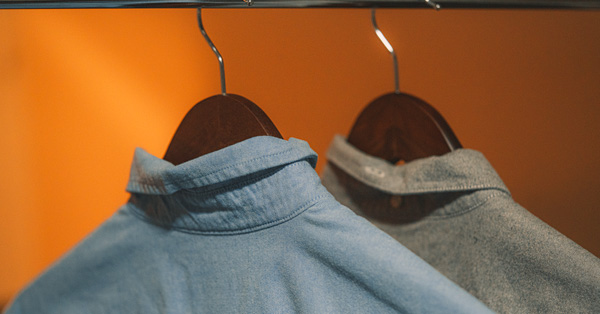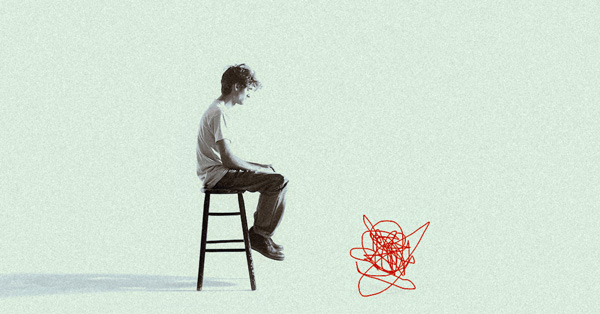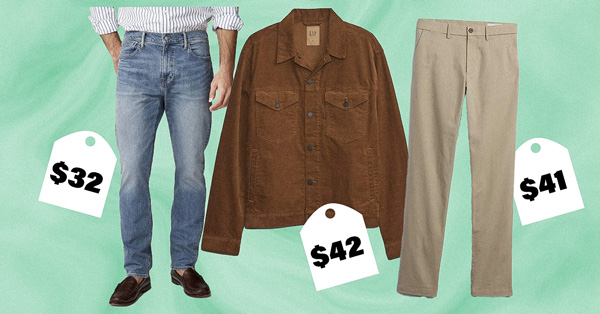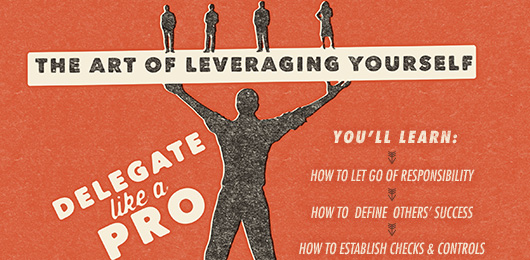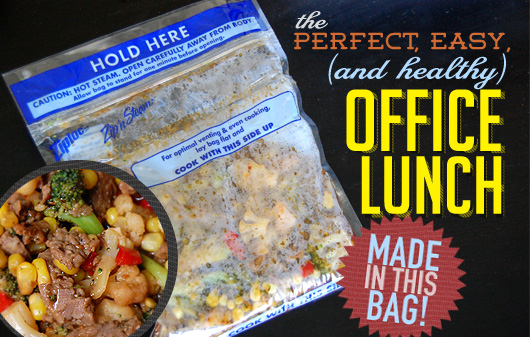How to
Make Good Coffee
According to a Barista: 4 Tricks
Ditch the stuff you've surrendered to drinking while stuck at home and brew some delicious coffee to fuel your day.
Words & Photos by John David
Tell me if this sounds familiar:
You walk into your favorite coffeeshop and decide to buy a bag of their coffee. Along with the $15 bag of coffee you buy a $20 pour over set. You come home all excited to brew your coffee. You throw in a couple scoops of beans into your grinder, dump the grinds in your brand-new pour over, add some boiling hot water and wait for all of it to drip into your mug.
You take a sip… disgusting! That definitely doesn’t taste like the $4 cup of coffee that your favorite coffeeshop serves.
Working in the coffee industry for the past 5 years, I’ve heard this story way too many times.
Time and again, people buy the most expensive bag they see on the shelf, purchase the coffee gear and equipment, and try to brew at home but it ends up tasting gross – sour, bitter, salty, I’ve heard it all.
With the specialty coffee industry currently growing, more people are now drinking cups primarily for the taste instead of the buzz. Along with the craft IPA beer hype, specialty coffee has become the 21st century wine. Buying rare beans and brewing cups at home using pour overs and presses are what it’s all about now.
The problem is, unless you know a few fundamental coffee-brewing techniques you’re not going to achieve the results you want.
So let me give you the keys to the coffee kingdom.
By following these basic ideas you will be able to brew consistent, flavorful cups of coffee while we're all social distancing from our favorite coffeeshops.
Let’s turn you into a professional at-home barista.
Here’s a coffee-making tip I give everybody:
Think about Input and Output.
As with most things, the quality and care of the Input will result in a good Output.
With that in mind, here are the four basic elements of coffee brewing at home: weight, water, grind, and freshness.
1. Coffee to Water Ratio
How Much Ground Coffee to Use Per Cup
Here’s an easy rule to remember: treat homebrewing like cooking. You want to have a recipe that is repeatable with like results.
First, get a scale. If you’re a first-time brewer start off with a cheap kitchen scale under $15 on Amazon. Make sure to get one that measures in grams.
You might be wondering, “Why is it so important to use an exact weight? Isn’t this overkill?” When brewing coffee, the brew ratio is important. Having a set ratio of water to coffee allows the proper extraction of the coffee’s full flavors. Using too little or too much ground coffee or water can dramatically affect the taste of the cup.
A good ratio is 1:15, 15 ml of water for every gram of coffee. This is a ratio that most coffee geeks follow. It’s a good ratio to start off with and when you gain knowledge of different beans and their flavors you can start to manipulate it.
For example, start with 25 grams of coffee. Applying the 1:15 ratio means using 25 grams of coffee to 375 grams of water.
Speaking of water…
2. Better Water, Better Coffee
Fact: 98% of coffee is water.
So if you want great tasting coffee, start with great tasting water.
This is an overlooked coffee brewing basic that beginners frequently mess up. Avoid using water from the tap. Tap water is treated with chemicals and minerals that might not be noticeable by drinking the water alone but when brewed with coffee, a lot of those impurities can mask the flavors you want to have in your cup. Instead, use filtered water.
Best Coffee Water Temperature
Water temperature is also important. The optimal temperature you want to brew your coffee is 195°-205°F. A good rule of thumb to follow if you don’t have a thermometer is to let the water sit for about 10 seconds to cool after the boil. Any temperature lower than that can under-extract your brew and any higher than that can over-extract and scald your coffee. Under extraction can lead to sour tasting coffees and over extraction leads to undrinkable bitter cups.
195°-205°F
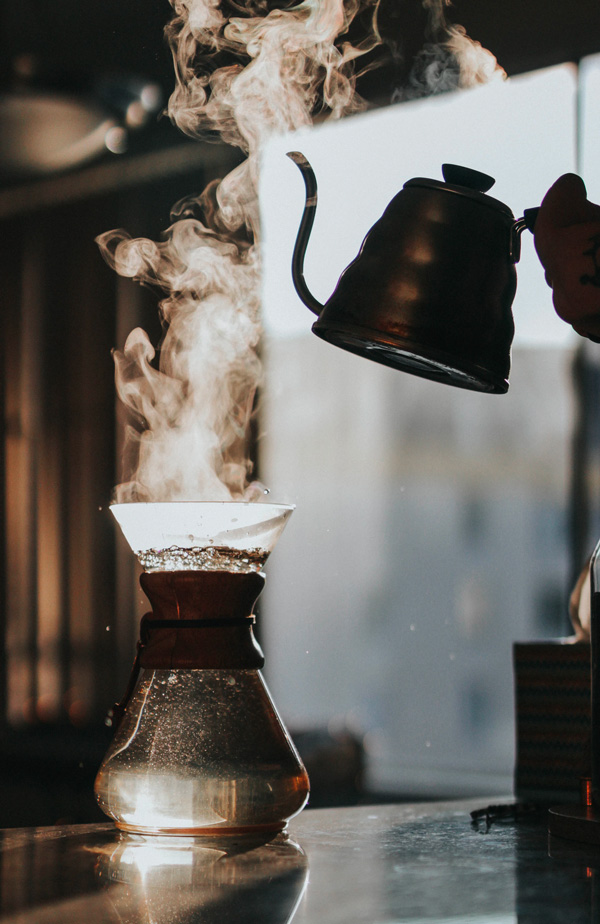
Devin Avery
3.Grind
Along with water, grind is one of the most overlooked areas of home brewing. Here’s the cardinal rule of grinding beans: crush, don’t chop. In other words, don’t use your mom’s spice grinder that has those exposed blades.
Invest in a good electric burr grinder or if you’re on a budget get yourself a hand grinder. Burr grinders/hand grinders produce consistent coffee grind sizes that allow for proper and even extraction of the coffee.
Blade grinders are the more affordable options you will come across with a fast Amazon search, but will give you inconsistent grinding ranging from half chopped beans to powdered sugar consistency. The consistency of the size of your grind is important as it determines the amount of surface area exposed to the water and the time it takes for water to pass through and into your cup, affecting not only the intensity of the taste, but whether the beans are over or under extracted, resulting in bitterness or too much acidity
When we think about grind size or grind setting a good base to start out with is espresso; fine, pour over; medium, French press; coarse.
Coffee Grind Size for
Pour Over & Drip
Coffee Grind Size
for Espresso
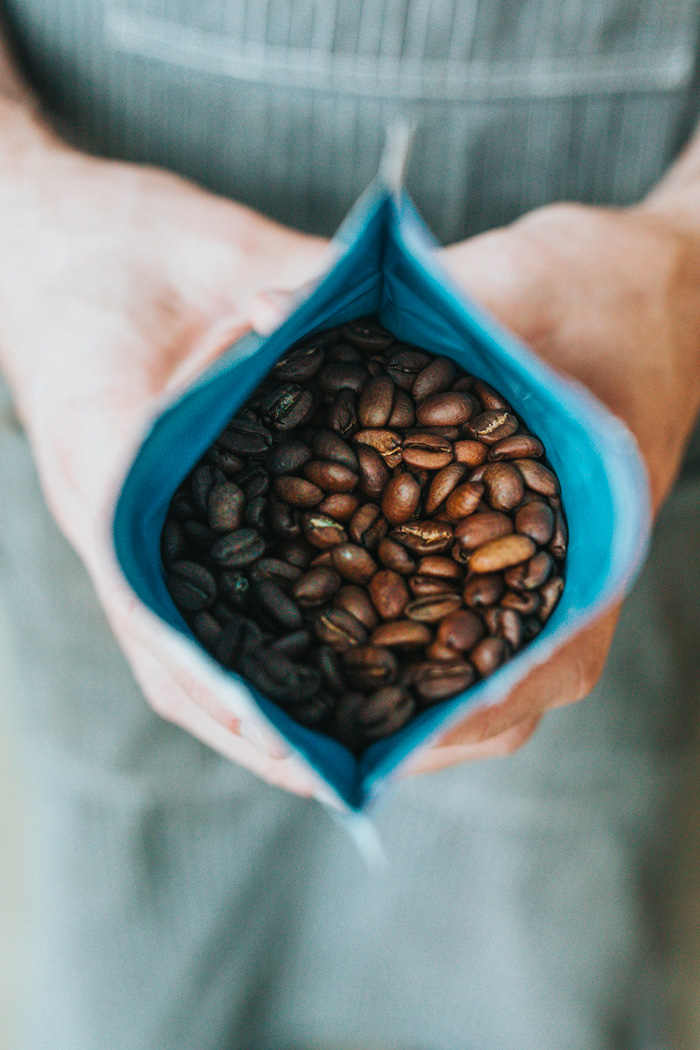
Nathan Dumlao
4. Coffee Freshness
When buying coffee, always buy in small, whole bean quantity, primarily for two reasons: first, so that you brew those beans in a short period of time, ensuring freshness. Second, so you don’t get stuck brewing the same beans until you’re sick of them!
Store your coffee beans in an airtight container away from sunlight. Exposure from sunlight and oxygen can stale your coffee.
Lastly, when choosing your coffee look for the roast date. Fresh means flavor. Try to buy coffee beans that have been roasted no more than 3 weeks ago, and use within 2 weeks.
Best Home Coffee Gear to Get Started
Now that you know the importance of these basic fundamentals, you’re ready to start brewing barista-level cups at home. Apply the knowledge you learned on weight, water, grind, and freshness to your current brewing method and taste the difference; or upgrade your home kit with these picks:
Coffee Brewers
AeroPress
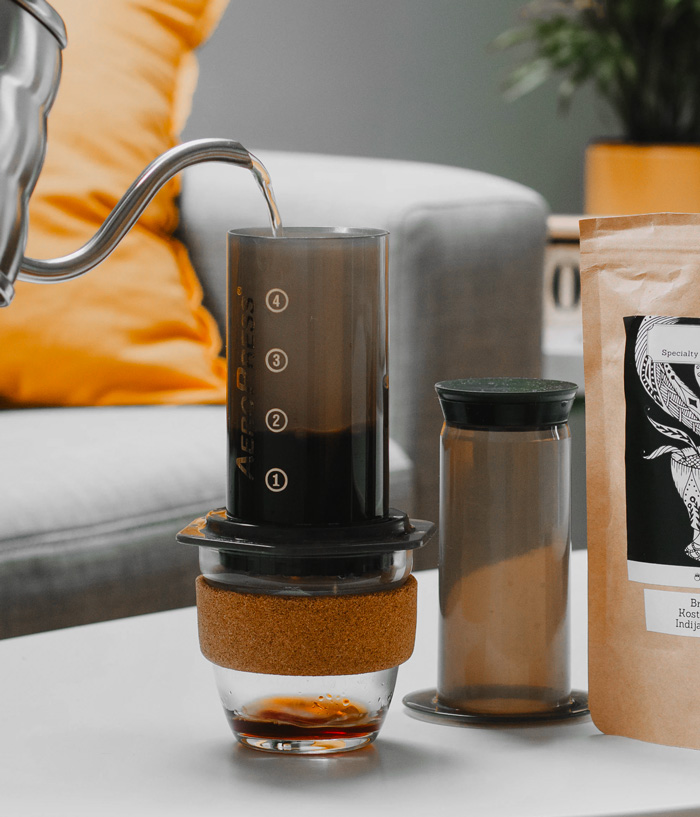
Goran Ivos
Invented in the early 2000s, this popular brewing device makes a range of styles, such as espresso-like brewed coffee, drip coffee, cold brew, and many more. With the thousands of AeroPress recipes available online, this affordable device is a useful and versatile choice.
Good for: Espresso-like drinks at home on a budget like Americanos or lattes.
Pick one up: Amazon / Wal-Mart
Chemex
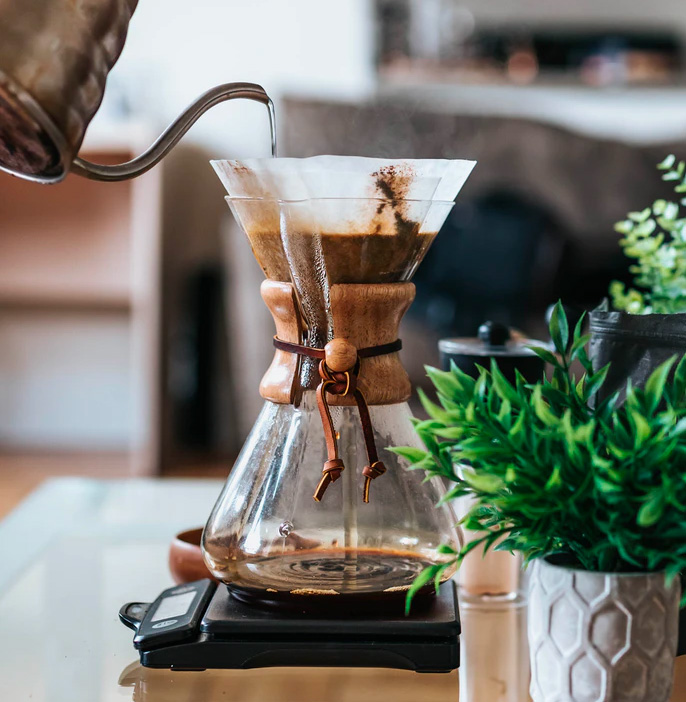
Najib Khalil
One of the most iconic ways of making pour over coffee is the Chemex. It was invented in the 1940’s by an American chemist named Peter Schlumbohm. It was during a time when a majority of American households drank burnt percolator coffee. Schlumbohm wanted to create a simple brewing method that didn’t require any extra accessories. With the Chemex, you have your serving carafe and cone dripper all in one piece.
A favorite by both young baristas and baby boomers, this iconic kitchen appliance has made its name across all ages. This pour over is unique among all others due to its thick filter that absorbs and filters a majority of the oils, leaving you with one of the cleanest-tasting cups of coffee.
Good for: Replacing a drip machine for 1-4 regular cups
Pick one up: Amazon / Chemex filters
Kalita
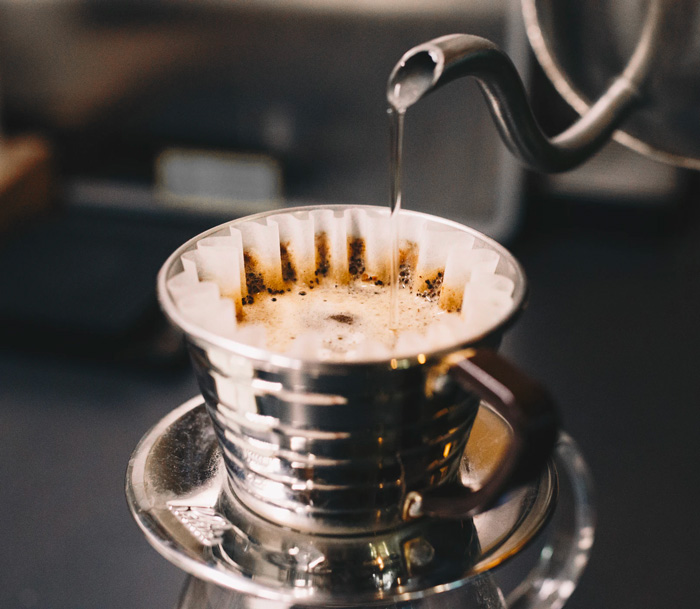
Salome Watel
At home in the morning, my palate wants consistency in flavor so I brew the same one or two favorite coffees over the Kalita. After brewing thousands of cups of coffee at home I’ve settled with the Kalita which suits my lifestyle and palate. Occasionally on the weekends or when I get a new bag of coffee I’ll experiment with the V60 pour over or the Chemex.
Good for: Making great coffee for one
Pick one up: Amazon / Prima Coffee / Kalita Wave Filters
Essential Coffee Tools
Coffee Scale
A scale guarantees consistent ratio of coffee to water, which is also useful when you’re scaling your usual recipe up (or down) to accommodate different sized crowds. This scale is a great one to start with, as it measures in both ounces and grams.
Pick one up: Amazon
Gooseneck Kettle
A gooseneck kettle is necessary for even water flow. This .8-liter electric kettle allows slow, precise pouring control, which is great for brewing coffee and tea at home. This kettle features an ergonomic design and temperature presets to make startup fast. It's the budget version of the Stagg Kettle which is the Red Wing of trendy kettles.
Pick one up: Amazon
Burr Coffee Grinder
Fresh coffee isn’t fresh coffee without freshly ground beans. This burr grinder from Capresso has commercial-grade conical steel grinders, designed for precision grinding. It also features an adjustable grind setting, from ultra fine Turkish coffee to a coarse cold brew grind. Having a grinder allows you to grind coffee in small batches, which ensures each cup will be as fresh as possible. Be wary of cheaper “blade” grinders that slice more than they grind, resulting in an inconsistent mix of course chunks and fine dust.
Pick one up: Staples / Upgrade
Coffee Beans
Like whiskey, defining the best coffee beans is terribly subjective. If you're just starting to experiment with serious brewing, look for whole bean options in small quantities so that they stay fresh and you're not stuck with something if you don't like it. A sampler like this one from Blue Bottle is a smart way to go.
If you'd like to start super simply, Primer's editor Andrew Snavely has come full circle to a pre-ground medium roast available in most grocery stores. After years of experimenting, he' backed off from more expensive beans to the readily available Portside Blend from Seattle's Best for his day-to-day brew. At about $7 a bag, he says for his tastes, he enjoys it more than many of the home options costing three times as much. All to say, experimentation is how you will truly find a home brew you love.



